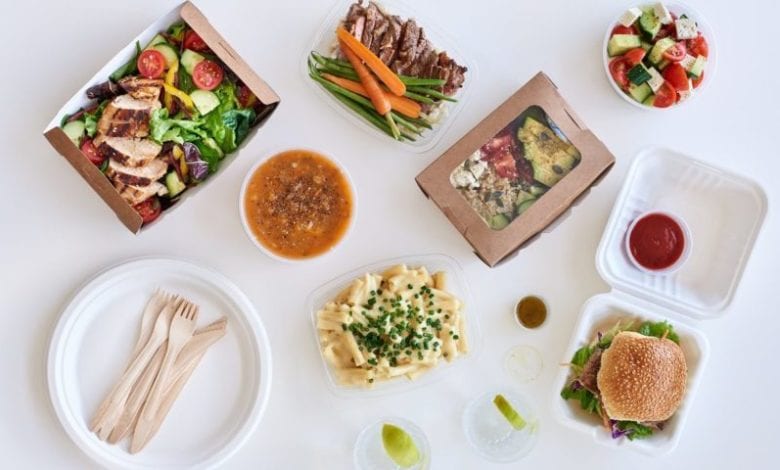How can the catering industry reduce packaging waste?

When considering the style and type of packaging to be used in the catering industry, we should not lose sight of the fact that packaging is an essential ingredient in the finished product. In our modern world where food may be prepared as a complete meal many miles from where it is to be finally consumed, the packaging is part of the product.

